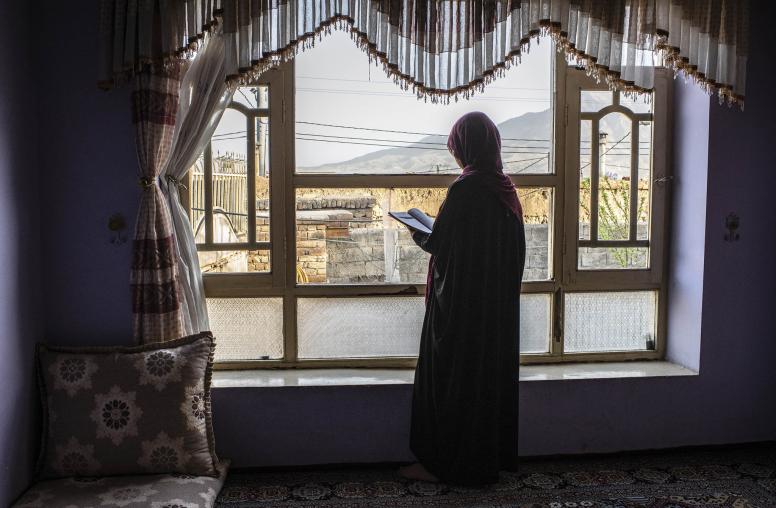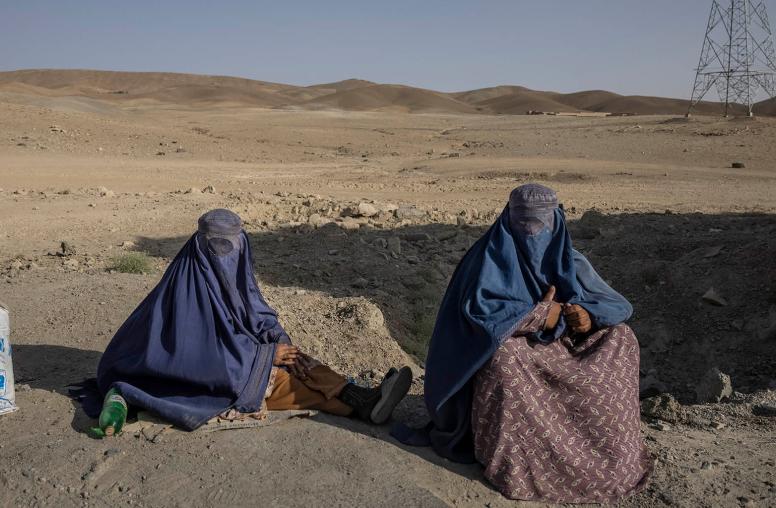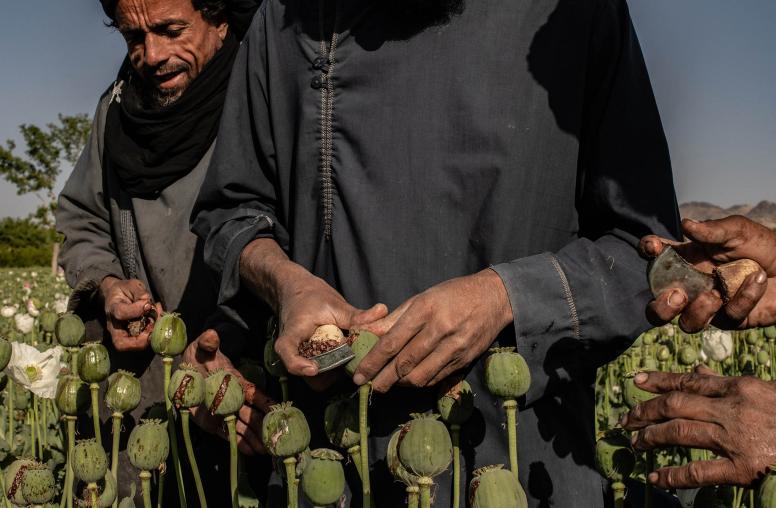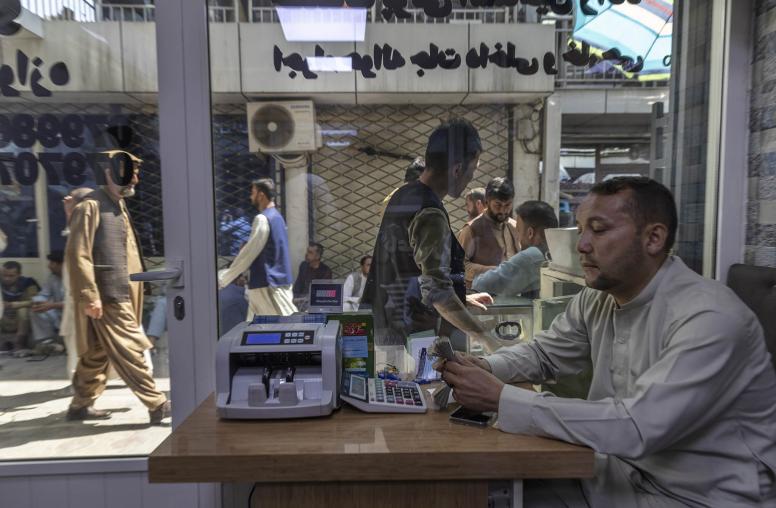Loya Jirgas and Political Crisis Management in Afghanistan: Drawing on the Bank of Tradition
Many times over the past century, Afghan political elites have utilized a loya jirga, or grand national assembly, when they have needed to demonstrate national consensus. Based on traditional village jirgas convened to resolve local disputes, loya jirgas have been used to debate and ratify constitutions, endorse the country's position and alliances in times of war, and discuss how and when to engage the Taliban in peace talks. In light of the growing political uncertainty in Afghanistan, this report examines the strengths and weaknesses of the loya jirga as an institution for resolving national crises.

Summary
- Loya jirgas, though rooted in traditional Afghan practices, are essentially modern political institutions that are convened to address problems of great national importance. Loya jirgas have almost always endorsed the decisions of the national leader.
- Since 1915, no loya jirga has been convened under the same modalities, yet they have in common their national composition, their attempts to demonstrate broad inclusiveness, their generally large size, and their lack of formal rules of procedure. Despite inconsistencies in how they are convened and managed, their decisions almost always have been respected.
- The post-2001 political order is founded on two loya jirgas: the 2002 Emergency Loya Jirga, which legitimized the post–Bonn Agreement interim government; and the 2004 Constitutional Loya Jirga, which ratified Afghanistan’s current constitution.
- The 2004 constitution included specific provisions for convening future loya jirgas: the majority of delegates are to be selected from among district councils. But because these councils have never been elected, it has been impossible to convene a loya jirga in accordance with the Afghan constitution, thereby frustrating the resolution of national crises.
- Since 2010, three “traditional” or “consultative” loya jirgas—so called because of the inability to call together loya jirgas in accordance with the strict provisions set out in the 2004 constitution—have been convened on an ad hoc basis by Presidents Hamid Karzai and Ashraf Ghani.
- Should a loya jirga be required to resolve an electoral crisis or ratify a new political order following a peace agreement with the Taliban, particular attention will need to be paid to ensuring representativeness (including new political constituencies, such as women and youth, that have emerged in the post-2001 order) and transparency.
About the report
Derived from Afghan village assemblies, loya jirgas are important political institutions whose authority is rooted in traditional decision-making practices. In light of the growing political uncertainty in Afghanistan, this report examines the eighteen loya jirgas that have been held since 1915 and identifies what approaches have and have not worked in case this institution needs to be called upon again.
About the Author
Scott S. Smith is a senior expert on Afghanistan at the United States Institute of Peace. Formerly, he was director of political affairs at the United Nations Assistance Mission in Afghanistan and director for Afghanistan and Central Asia at USIP. He is the author of Afghanistan’s Troubled Transition: Politics, Peacekeeping, and the 2004 Presidential Election (2011).



